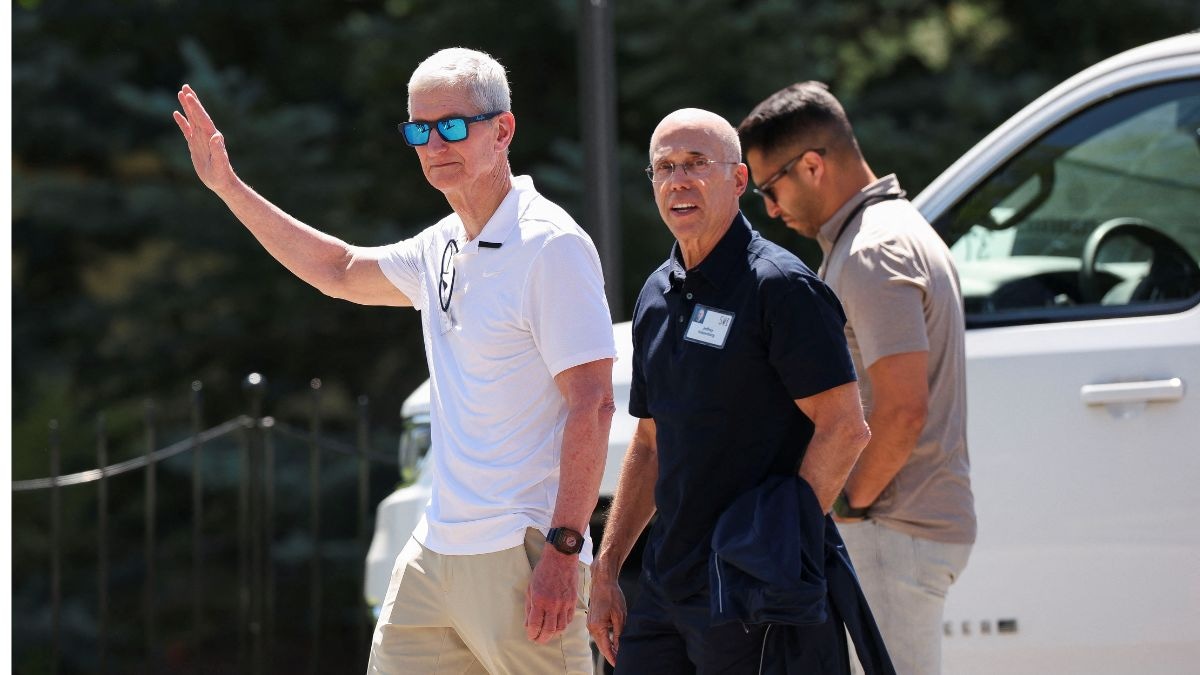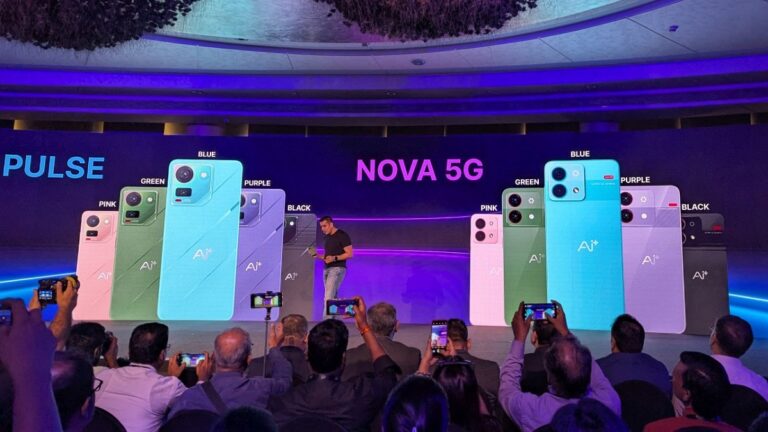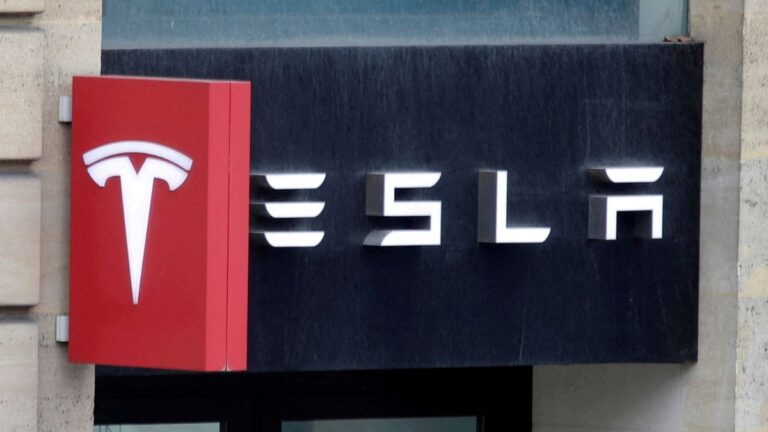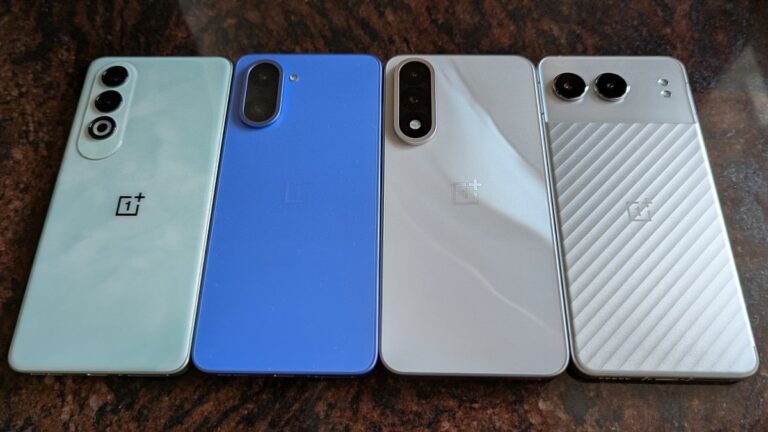Each summer, the remote resort town of Sun Valley, Idaho in the United States, plays host to an exclusive annual gathering known as the Allen & Co conference — an event that has, since 1983, attracted the most powerful names from business, media and technology.
Often referred to as the “summer camp for billionaires,” the gathering is privately hosted by investment bank Allen & Co and closed to the press, yet it remains one of the most consequential events on the business calendar.
For one week in July, the otherwise quiet surroundings of Sun Valley transform into a hotspot for informal negotiations, discreet dealmaking and elite networking.
Though it maintains an off-the-record format, the conference regularly becomes a catalyst for major industry developments.
Who is attending Sun Valley 2025?
This edition of the Sun Valley conference has drawn an extensive roster of top executives, entrepreneurs and influential figures.
Among those spotted arriving at Friedman Memorial Airport, located near the resort, were Disney CEO Bob Iger — accompanied by his wife Willow Bay — Warner Bros. Discovery CEO David Zaslav, Apple SVP of Services Eddy Cue, and OpenAI CEO Sam Altman.
Also attending are Microsoft CEO Satya Nadella, Apple CEO Tim Cook, Netflix co-CEO Ted Sarandos and CFO Spencer Neumann, and YouTube CEO Neal Mohan.
Other major names included Amazon CEO Andy Jassy, Sony Pictures Entertainment CEO Ravi Ahuja with Sony Corporation chief executive Hiroki Totoki, and Comcast CEO Brian Roberts along with President Mike Cavanagh.
Additional attendees include LinkedIn co-founder Reid Hoffman, Yahoo CEO Jim Lanzone, News Corp. CEO Robert Thomson, Uber CEO Dara Khosrowshahi, Coinbase CEO Brian Armstrong, PayPal chairman John Donahoe, Shopify CEO Tobias Lütke, and General Motors CEO Mary Barra, who also serves on the Disney board.
Private equity figures and Hollywood executives also made appearances, including Imagine Entertainment’s Brian Grazer, former Disney chairman Michael Eisner, and his one-time short-lived president Michael Ovitz.
Non-corporate invitees included Harvard economics professor Roland Fryer and Environmental Defense Fund President Fred Krupp.
Former Meta COO Sheryl Sandberg, former Activision CEO Bobby Kotick, and CBS Mornings co-host Gayle King were also on-site. Candice Bergen and sports executive Casey Wasserman rounded out the diverse guest list.
Up to 175 private jets were reported to have landed in a single day at the small Idaho airport.
What will these billionaires talk about at Sun Valley?
AI to dominate talks?
One of the central narratives shaping the discourse at this year’s event revolves around the increasingly intense rivalry within the artificial intelligence sector.
The presence of OpenAI’s Sam Altman and Meta’s Mark Zuckerberg has attracted particular attention due to recent developments in the race for top AI talent.
Altman has publicly criticised Meta’s recruitment strategies, accusing the company of offering excessive compensation packages to lure engineers away from OpenAI.
“Missionaries will beat mercenaries,” Altman stated in a memo to his team, expressing scepticism over Meta’s ability to foster genuine innovation.
Speaking on his brother’s podcast, he described Meta’s signing bonuses — reportedly reaching up to $100 million — as “crazy.”
These tensions put into spotlight the broader dynamics within the AI space, where acquiring leading researchers has become just as pivotal as acquiring companies.
The value of intellectual capital now often exceeds the value of traditional assets, and Sun Valley has become a stage on which this paradigm shift is both discussed and reflected in executive interactions.
Meta’s investment of over $14 billion into Scale AI — alongside the onboarding of Scale’s CEO Alexandr Wang into its AI efforts — demonstrates how the leading tech companies are pursuing dual strategies of acquisition and recruitment.
Major media restructuring on the cards?
Although Sun Valley is historically associated with high-profile mergers, this year’s business climate has introduced a different set of priorities for media and entertainment firms.
According to Bloomberg, rather than consolidation, many companies are exploring asset separation and structural realignments.
Warner Bros. Discovery and Comcast, for instance, have each initiated steps to isolate their studio and streaming operations from their cable network businesses. As viewership and revenue continue to decline in the cable segment, executives have indicated that further transformations are on the horizon.
These realignments, while not formal mergers, are setting the stage for eventual consolidation — a topic expected to feature heavily in private discussions throughout the week.
Disney, in parallel, is considering the sale of its stake in A+E Global Media, which it co-owns with Hearst.
CEO Bob Iger is joined at Sun Valley by his four segment heads — Jimmy Pitaro, Dana Walden, Josh Amaro, and Alan Bergman — signalling that succession planning and structural strategy are front and centre for the company.
The board has announced that Iger’s replacement will be named in early 2026 ahead of his retirement at the end of that year.
David Ellison, whose company Skydance is nearing a deal to acquire Paramount Global, is also present this year.
The transaction remains under regulatory scrutiny, with final approval pending from the FCC. The recent settlement of a lawsuit involving US President Donald Trump and CBS’s “60 Minutes” may accelerate progress on the transaction.
Shari Redstone, Paramount’s controlling shareholder, is notably absent from the conference due to a thyroid cancer diagnosis earlier in the year, reported Deadline. Her absence comes at a sensitive time for Paramount, as the Ellison deal moves closer to completion.
The sports streaming landscape also forms a subtext to this year’s discussions. Last year, Warner Bros Discovery CEO David Zaslav promoted Venu, a joint streaming initiative with Disney and Fox focused on sports.
However, the project was eventually shelved after a federal judge ruled in favour of Fubo in an antitrust case against the venture.
In response, Disney pivoted to acquire Fubo, while Fox has redirected its learnings and investments toward launching a new sports streaming platform later.
Will there be drama at Sun Valley?
Sun Valley has witnessed several high-stakes and often dramatic moments over the decades. In 2018, tensions flared as CBS CEO Les Moonves and Shari Redstone arrived amidst a legal battle for control of the network.
That same year, a bidding war between Disney and Comcast over 21st Century Fox unfolded while Rupert Murdoch and his sons walked the same paths.
In 2022, Elon Musk headlined the conference at the same time he moved to withdraw from his deal to acquire Twitter. With Twitter’s CEO and CFO also in attendance, the situation turned especially awkward.
Musk avoided discussing the legal dispute during his mainstage remarks and instead spoke about Mars exploration and the broader future of civilisation.
Zuckerberg has had his share of uneasy Sun Valley moments too. In 2021, a deliberate public walk-by involving former Meta COO Sheryl Sandberg came shortly after The New York Times published excerpts from An Ugly Truth, revealing internal discord at the company.
Why is the Sun Valley event important?
Despite its informal dress code — many executives sport shorts, khakis, and polos — Sun Valley is anything but casual when it comes to influence.
Deals like Disney’s 1996 acquisition of ABC, Jeff Bezos’ 2013 purchase of The Washington Post, and AT&T’s 2018 acquisition of Time Warner all have roots in conversations held at the resort.
Even the NFL has made strategic announcements tied to the event. In 2023, commissioner Roger Goodell said the league was considering opening ownership to private equity. The policy became official the following month.
The conference’s strict media restrictions mean few details ever emerge from inside the closed-door panels and meetings.
However, CNBC and other financial media typically stake out the area in hopes of catching brief interviews or footage of attendees. In some cases, those impromptu interactions generate more headlines than the event itself.
With inputs from agencies
























